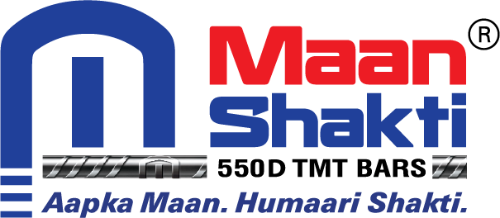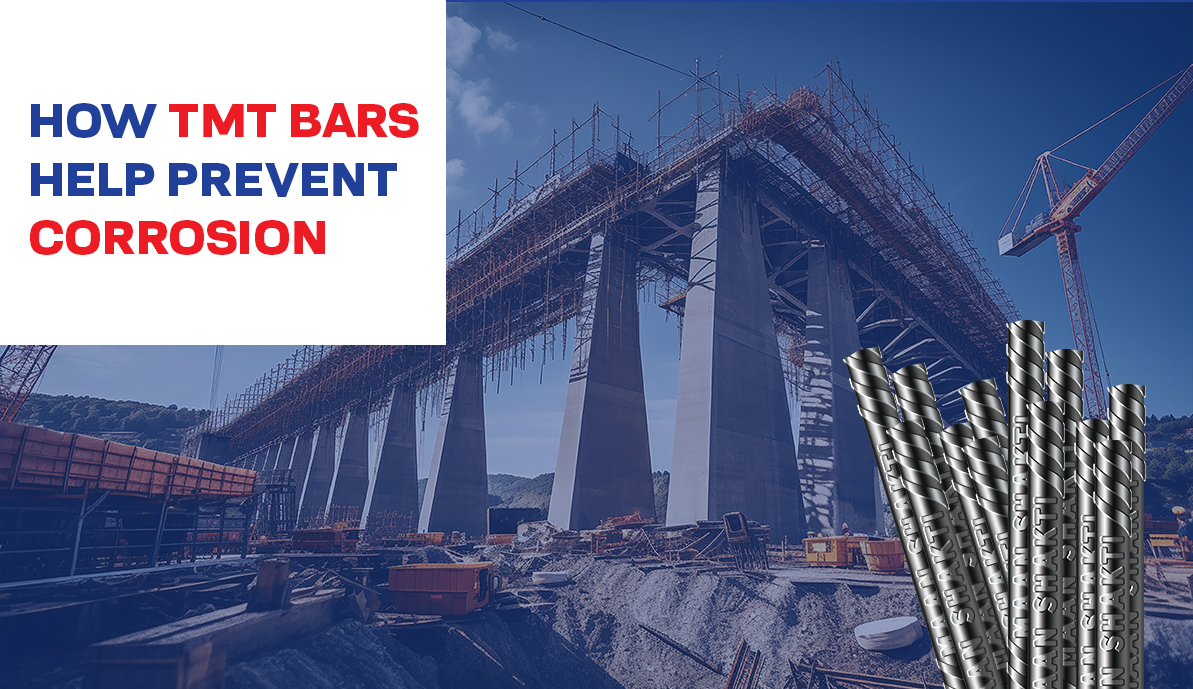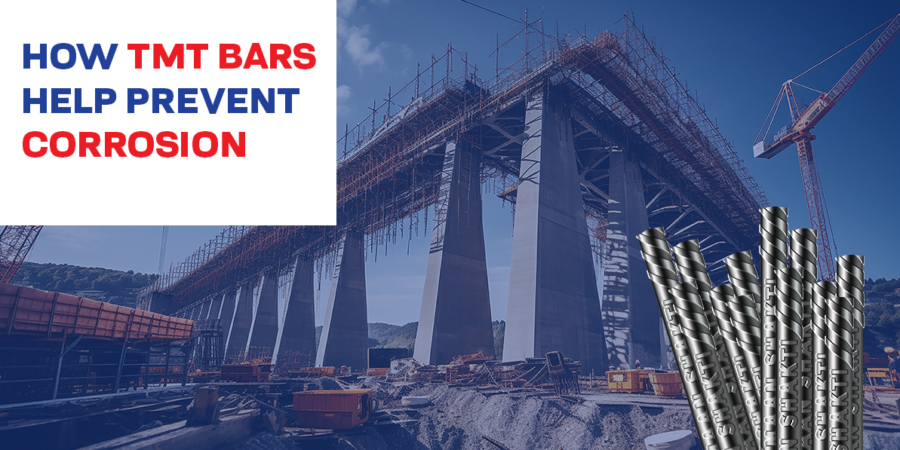Corrosion, like an unwelcome guest, can silently infiltrate even the sturdiest of structures, gradually eroding their strength and stability. But why is corrosion such a formidable adversary? To grasp its impact, we must delve into its corrosive mechanisms. When corrosion takes root, it initiates a chemical reaction between the metallic surface of TMT bars and various environmental elements, including acid, moisture, and oxygen. This corrosive process is insidious, gradually eating away at the metal, which expands in volume as it rusts.
To combat this destructive force, the best TMT bars are engineered with a robust defense system. They incorporate three corrosion-resistant elements: chromium, copper, and phosphorous. The meticulous crafting of these bars involves a distinctive three-step process, which encompasses quenching, self-tempering, and annealing. This intricate procedure ensures the production of top-quality, rust-proof TMT bars capable of withstanding the harshest of environmental conditions.
One notable variant of TMT bars is the zinc-coated corrosion-resistant variety. These bars find their calling in the construction of marine structures, industrial applications, and regions exposed to high levels of salinity and acidic air. As we delve deeper into the realm of corrosion-resistant TMT bars, let’s explore what sets them apart and makes them an indispensable component in modern construction.
Benefits of Corrosion-Resistant TMT Bars
Resilience in Harsh Environments: Thermo-mechanically treated TMT bars exhibit exceptional corrosion resistance due to their rapid cooling with jets of water immediately after being manufactured. This swift cooling process forms a robust outer layer known as “martensite,” which boasts superior corrosion-resistant properties. Consequently, these bars prove ideal for humid environments, particularly in coastal states such as Tamil Nadu, Karnataka, Kerala, and Andhra Pradesh. They are also highly adept at withstanding the corrosive effects of acidic soil, saline groundwater, and elevated moisture levels in the air.
Seismic Zone Suitability: In regions susceptible to earthquakes and natural disasters, corrosion-resistant TMT bars stand as a prudent investment. Buildings reinforced with these bars typically suffer only minor damage during seismic events, while structures relying on conventional bars often face significant destruction.
High Strength, Ductility, and Bendability: The inclusion of copper within the bar’s composition renders it effortlessly weldable and flexible. These bars can be bent and twisted repeatedly using a mandrel without exhibiting any signs of cracking or deformation.
Extended Building Lifespan: The epoxy coating that encapsulates these bars acts as a shield against corrosive elements. Without this safeguard, the concrete may succumb to cracking or spalling, jeopardizing the long-term viability of the structure.
Versatile Applications: Corrosion-resistant TMT bars find utility in diverse construction applications, including sewage drains and sewage treatment plants. They replace conventional steel bars vulnerable to corrosion from salts, acids, and bases present in wastewater.
The Intricate Process of Crafting TMT CRS Bars
The journey towards producing corrosion-resistant TMT bars begins with the meticulous selection of high-quality billets, ensuring a superior input for the production process. These captive billets are themselves created using high-quality sponge iron. The steel’s chemical composition is subjected to rigorous scrutiny to ensure precision, with spectrometer testing confirming precise control over the chemistry in every batch of billets.
To fortify the steel against corrosion, corrosion-resistant elements such as copper, phosphorus, and chromium are added in precise proportions. Following the initial rolling phase, a state-of-the-art quenching technology is employed. This process results in the formation of a self-tempered layer over the martensitic layer, giving the steel its high strength and ductility. The distribution of corrosion resistance elements remains uniform, extending from the core to the surface of the bar.
The enhanced strength enables the steel to withstand applied forces effectively, while its high ductility ensures the material can undergo permanent changes in shape without rupturing or compromising its integrity. This intricate production process ensures the creation of corrosion-resistant TMT bars that are not only strong and durable but also capable of standing resolute against the relentless forces of corrosion.
Conclusion
Corrosion-resistant TMT bars represent a triumph of engineering ingenuity, safeguarding the structural integrity of buildings, bridges, and dams in environments fraught with corrosive threats. Their resilience, adaptability, and exceptional longevity make them indispensable components in the construction industry’s ongoing quest for durability and reliability. As we build for the future, these bars serve as steadfast sentinels, fortifying our structures against the corrosive forces of time and nature.
You can connect with Maan Shakti – the top TMT company in Assam, for the best TMT bars and build your construction to be resilient and corrosion-resistant.


